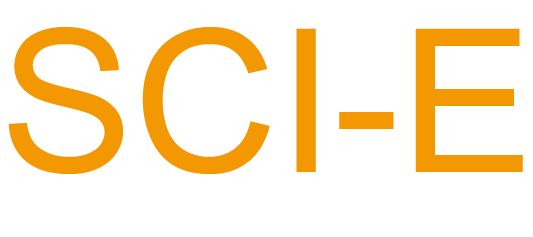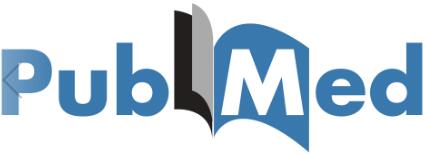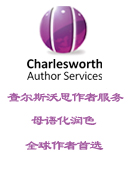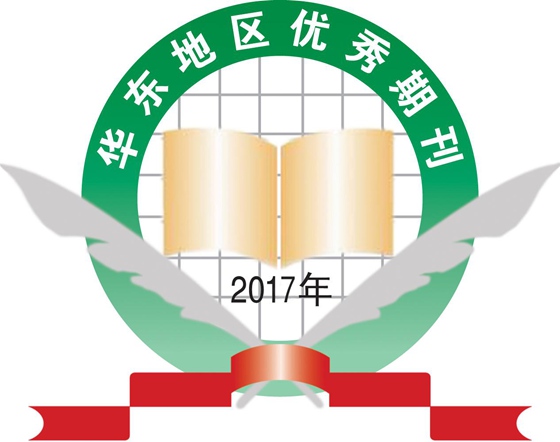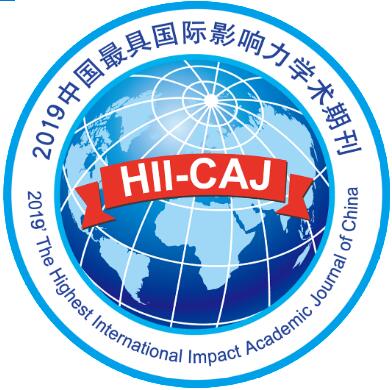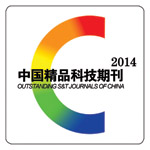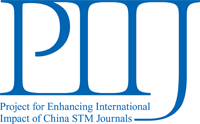Objective
To study the efficacy and safety of Fuzheng Huayu Capsule (FZHY Capsule) against liver fibrosis with chronic hepatitis B.
Methods
Multicentric, randomized, double blinded and paralleled control led trial was conducted on patients (aged between 18 and 65) with liver fibrosis in chronic hepatitis B.Indexes observed: (1) hepatic histological changes and HBV markers were observed at 0 and 24th week during the treatment; serological indexes (HA, LN, P-Ⅲ-P, Ⅳ-C) were determined and B ultrasound examination of spleen and liver was taken at 0, 12th, 24th week; liver function (during the period of follow-up, liver function and serological indexes for liver fibrosis were evaluated) were observed at 0, 6th, 12th, 18th, 24th week; (2) indexes for safety: blood and urine routine tests, renal function and ECG were examined.
Results
(1) Enrollment and demographic data: There was no significant difference between the trial (110 cases) and control group (106 cases) in demographic feature, vital signs, course of illness,history for drug anaphylaxis, history of previous therapy, liver function, serological indexes for liver fibrosis, liver histological examination (99 cases for test group, 96 cases for control group), HBV markers, and renal function, etc. (2) Histological pathological examination: 93 cases of liver histological examination were taken, of these 50 cases for the trial group and 43 cases for control group which turned out to be at S mean value of 2.33 and 2.11 respectively pretreatment according to criteria for liver fibrosis staging. Post-treatment, the trial showed a significant decrease with S value of 1.80 compared to that of pretreatment; however, there was no significant improvement in control group before and after the treatment with S mean value of 2.14. There was significant difference in reversing rate (decrease at least 1 stage according to criteria for liver fibrosis staging) between the trial (52%) and control (23.3%) after liver biopsy. The trial had a rather good effect on improving inflammatory activity and was superior to control group with a marked decrease of mean value of inflammatory activity and score of inflammation (P<0.05). (3) Serological indexes for liver fibrosis: There was a significant decrease in HA, LN, P-Ⅲ-P, Ⅳ-C content in test group after 12 and 24 weeks' treatment compared to that of pretreatment; the differences of HA, LN, P-Ⅲ-P, Ⅳ-C between 12 , 24 weeks' treatment and pretreatment were significantly greater than control group (P<0.01 or 0.05); the effectual was defined as 2 of 4 indexes lowered more than 30% of the baseline, according to this criteria, the trial was 72.7%, while control group 27.4% (P<0.01). (4) Liver function: Obvious improvement of serum Alb, ALT, AST, GGT was seen in 2 groups; compared with control group, marked improvement of GGT and Alb in the trial (P<0.05); the effective rate of serum ALT in the trial group was 72.7%, while control 59.4%. (5) No changes of significant difference between pre- and post-treatment in routine tests for blood and urine, renal function and ECG, etc. There was also no difference in the stable rate of ALT and serological indexes for liver fibrosis between the trial and control group 12 weeks after withdrawal (P<0.05).
Conclusion
Fuzheng Huayu Capsule has good effect on alleviating liver fibrosis in chronic hepatitis B without any adverse effect and is superior to Heluo Shugan Capsule. Fuzheng Huayu Capsule is a safe and effective medicine for the treatment of liver fibrosis in chronic hepatitis B.






